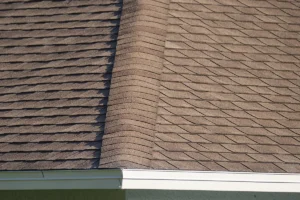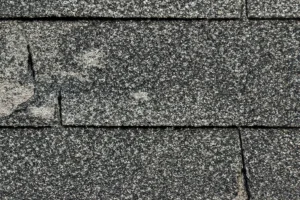When planning a roofing project, understanding the pitch, or slope, of your roof is crucial. The pitch affects not only the aesthetics but also the functionality and durability of your roof. Here’s a simple guide to help you determine the pitch of your roof accurately.
What is Roof Pitch?
Roof pitch refers to the steepness of a roof. It is typically expressed as a ratio of the vertical rise to the horizontal run. For example, a pitch of 4/12 means that the roof rises 4 inches for every 12 inches of horizontal distance.
Tools You’ll Need
– A measuring tape
– A level (preferably 12 inches or longer)
– A pencil and paper
– A calculator (optional)
Step-by-Step Process
1. Measure the Run:
– Place your level horizontally on the roof surface, extending out from the edge of the roof.
– Measure 12 inches along the level from the point where it meets the roof. Mark this point.
2. Measure the Rise:
– At the 12-inch mark, measure vertically from the roof surface to the bottom of the level. This vertical measurement is the rise.
3. Calculate the Pitch:
– The pitch is determined by the rise over the run. If your rise is 6 inches, and your run is 12 inches, the pitch is 6/12.
Example Calculation
Let’s say you measured a rise of 4 inches for every 12 inches of run. This would give you a pitch of 4/12, which means the roof rises 4 inches for every 12 inches it runs horizontally.
Understanding Pitch Ratios
– Low Pitches (2/12 to 4/12): Suitable for areas with mild weather. These roofs are easier to walk on but may require more maintenance to prevent leaks.
– Medium Pitches (4/12 to 9/12): Common in residential homes. They offer a good balance between aesthetics and function.
– High Pitches (9/12 and above): Found in areas with heavy snowfall or rain, as they allow for better water and snow runoff. They can add a dramatic look to a home but are harder to work on.
Conclusion
Knowing how to determine the pitch of your roof is a fundamental skill for any homeowner or DIY enthusiast. With the right tools and a simple process, you can ensure your roofing project is built to last and suited to your specific needs. Whether you’re planning a new build, an extension, or just some maintenance, understanding your roof’s pitch will help you make informed decisions.







